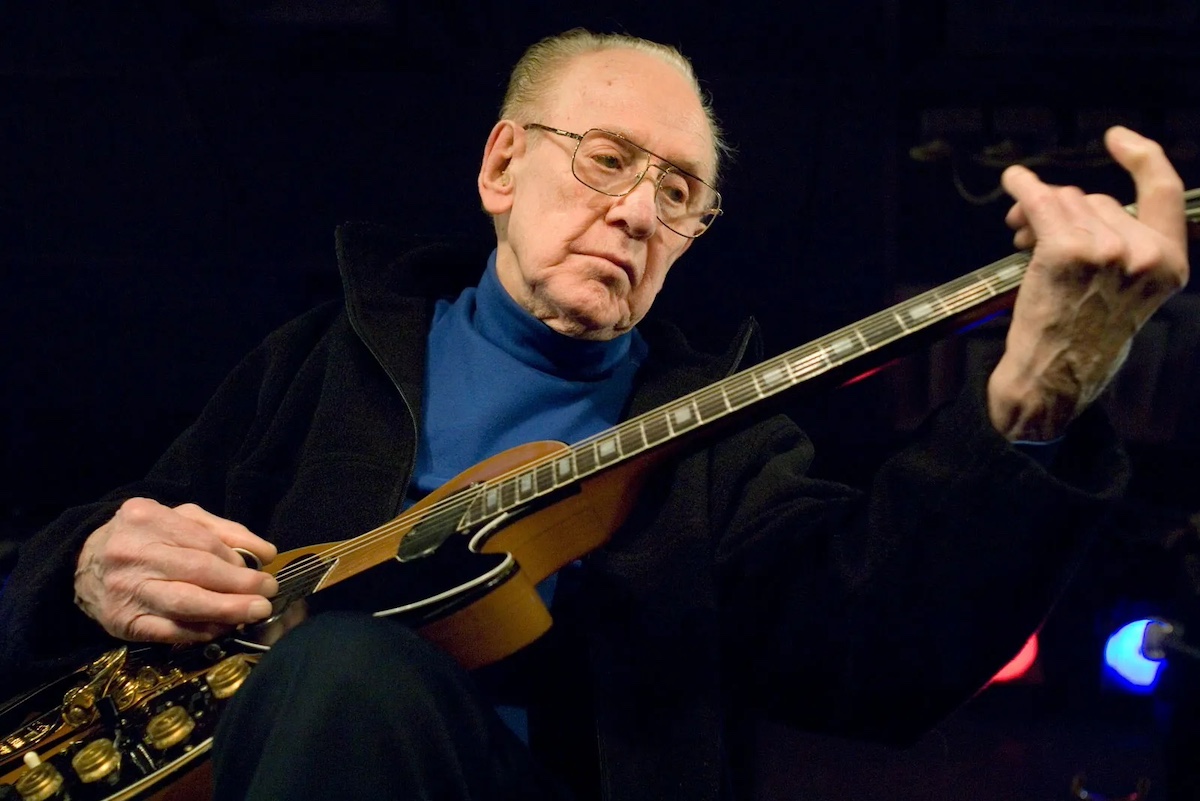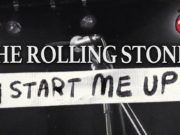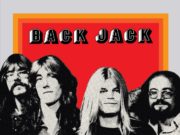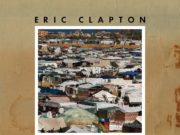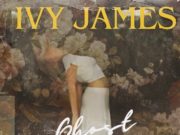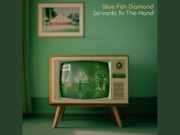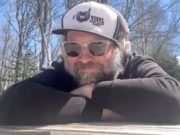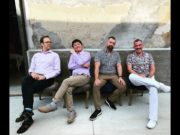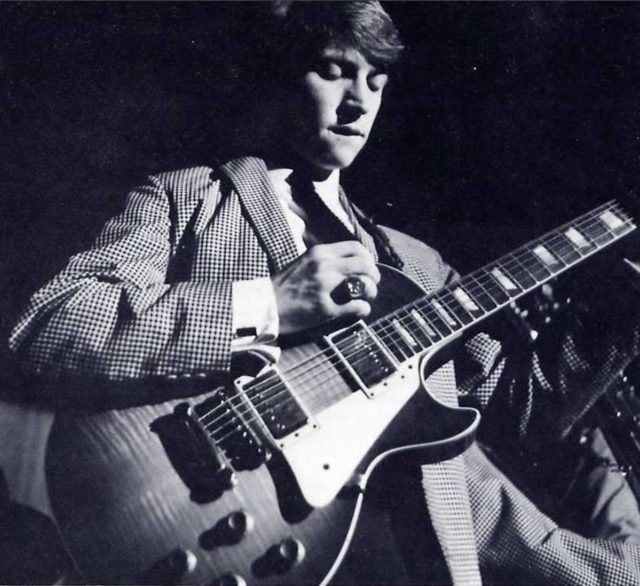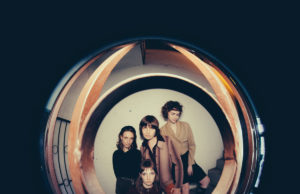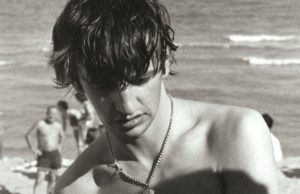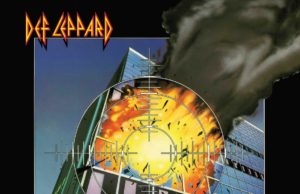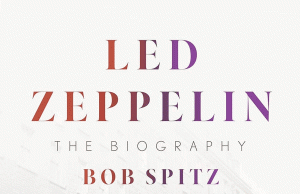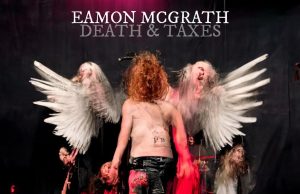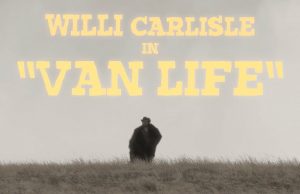 I have been reading Andy Summers’ fantastic memoir One Train Later. It’s loaded with stuff I didn’t know, including the tidbit that the eventual Police guitarist was the person who sold Eric Clapton his signature Cream-era Les Paul.
I have been reading Andy Summers’ fantastic memoir One Train Later. It’s loaded with stuff I didn’t know, including the tidbit that the eventual Police guitarist was the person who sold Eric Clapton his signature Cream-era Les Paul.
It’s actually more significant than that, even. This was the summer of 1966 and Summers (above) was the lead guitarist with Zoot Money’s Big Roll Band, who were the resident house band at the famed Flamingo in Soho, London. Clapton, a member of John Mayall’s Bluesbreakers at the time, was a frequent performer at the venue and the two men got to know each other. Really, everyone knew Clapton — he was already a guitar hero whose style, chops and volume made him an influential pioneer of the U.K.’s ’60s blues scene.
Summers showed him the Gibson sunburst Les Paul he bought at the nearby Rose Morris music store (still open!) for £80. At the time, the model was not the classic it is today. In fact, it wasn’t terribly popular at all. Clapton was enamoured with Summers’ one, so Andy told him the shop had two on the rack, and if he wanted, he could just go get the other identical one.
You’ve probably seen images of the many instances of “Clapton Is God” graffiti. This is where it originated. Specifically, with his performance on the 1966 Mayall album Blues Breakers — with that guitar. On the cover of the album, Clapton is seen sitting, reading a copy of UK comic magazine The Beano. The record became known as The Beano album — and Clapton’s guitar became known as The Beano.
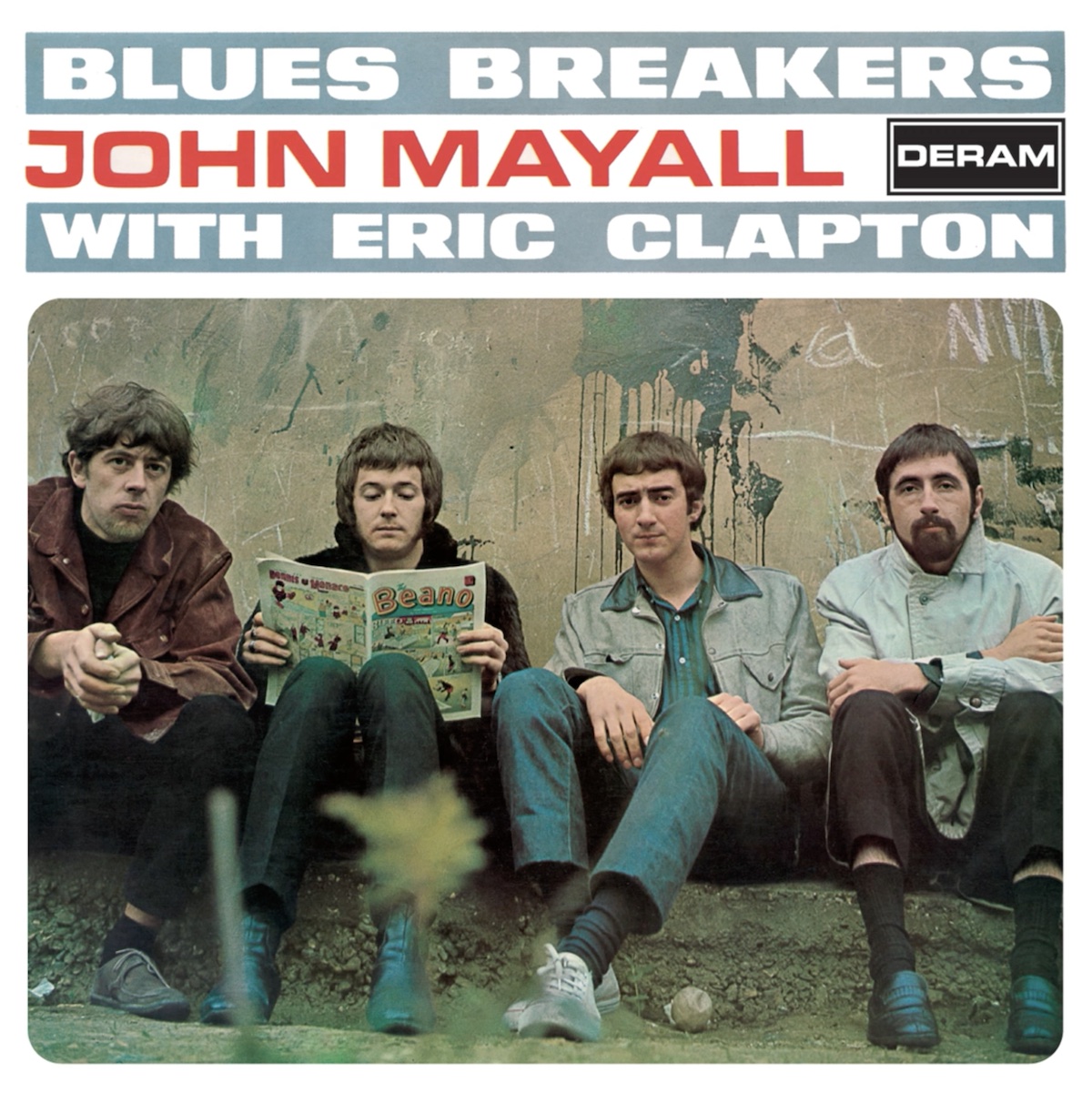
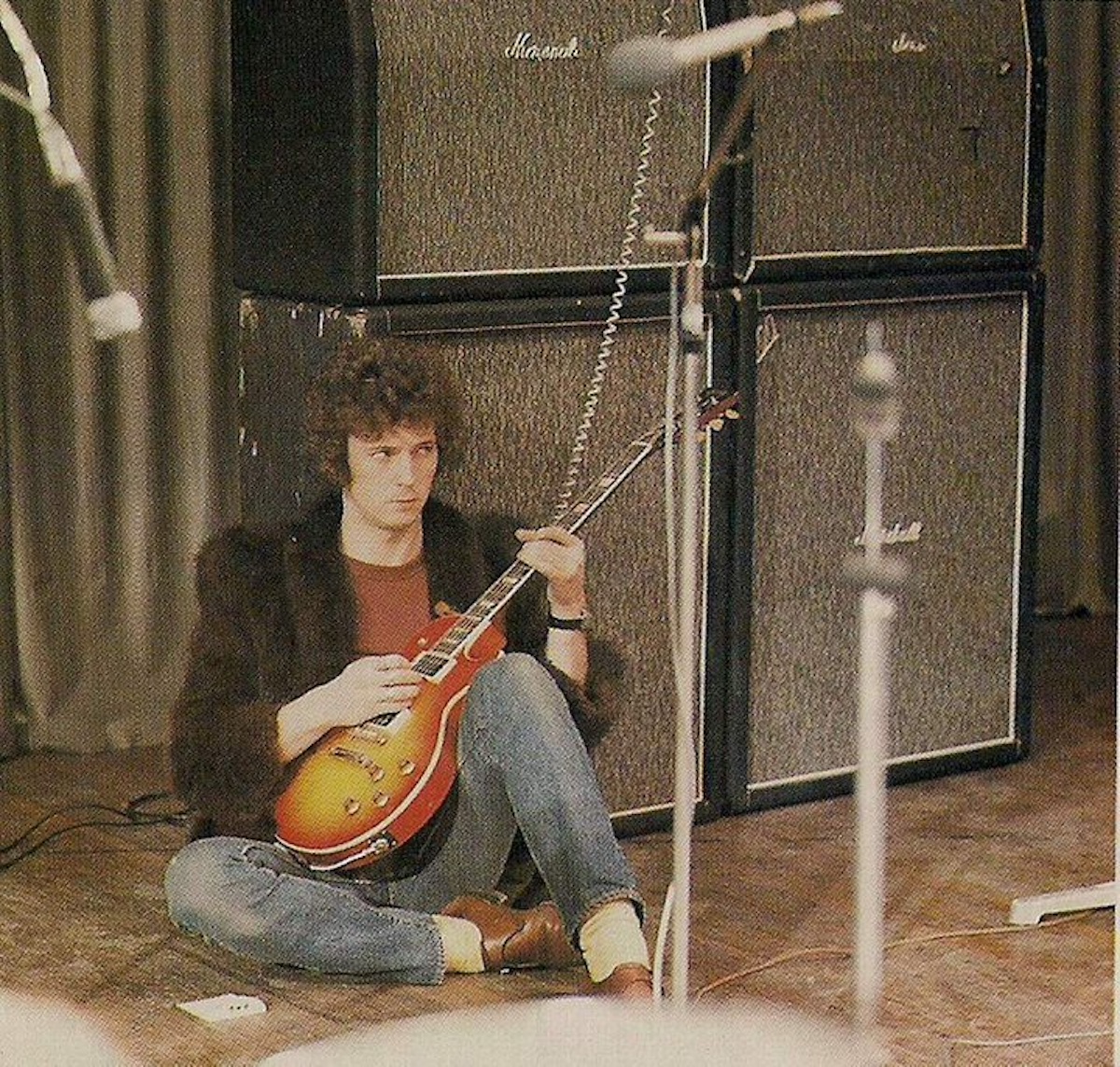
Anyway, later that year, Clapton, Jack Bruce and Ginger Baker formed the legendary power trio Cream. Just as they were set to begin recording their debut album Fresh Cream, The Beano was stolen from their rehearsal space. Clapton began pestering Summers to part with his identical one. By this time, Summers had already moved on to a Fender Telecaster, but still had the Gibson. He eventually relented and agreed to sell the guitar after Clapton raised his offer to £200. The rest, as they say, is history. The guitar on Fresh Cream is Summers’ old Les Paul. Suddenly everyone wanted one. In his book, Summers suggests one could argue he is partially responsible for the exaltation of the Gibson Les Paul from obscurity to its current status as “the Stradivarius of rock.”
The one he sold to Clapton would probably be worth close to a million now. It’s been in the hands of a collector since Clapton got rid of it after the headstock broke in 1967, leading him to switch to his other iconic guitar, a Gibson SG Standard (the one heard on While My Guitar Gently Weeps from The Beatles’ White Album). There are images of Clapton playing a sunburst Les Paul during Cream’s farewell tour, but that’s a third one. Nobody knows what happened to his first stolen one. In 1969, that third one ended up in the hands of the late, great Paul Kossoff of Free, who were touring with Clapton’s supergroup Blind Faith.
Another (and perhaps even more iconic) Gibson Les Paul is the ’59 Standard Jimmy Page has referred to as “Number One” since he bought it from Joe Walsh in 1969. It has been his main studio and stage guitar since Led Zeppelin II. Page paid Walsh — then a member of James Gang — $500 for the guitar. At the time, Page played a Telecaster — the same one he had with The Yardbirds. It’s also the main guitar on the debut Led Zeppelin album.
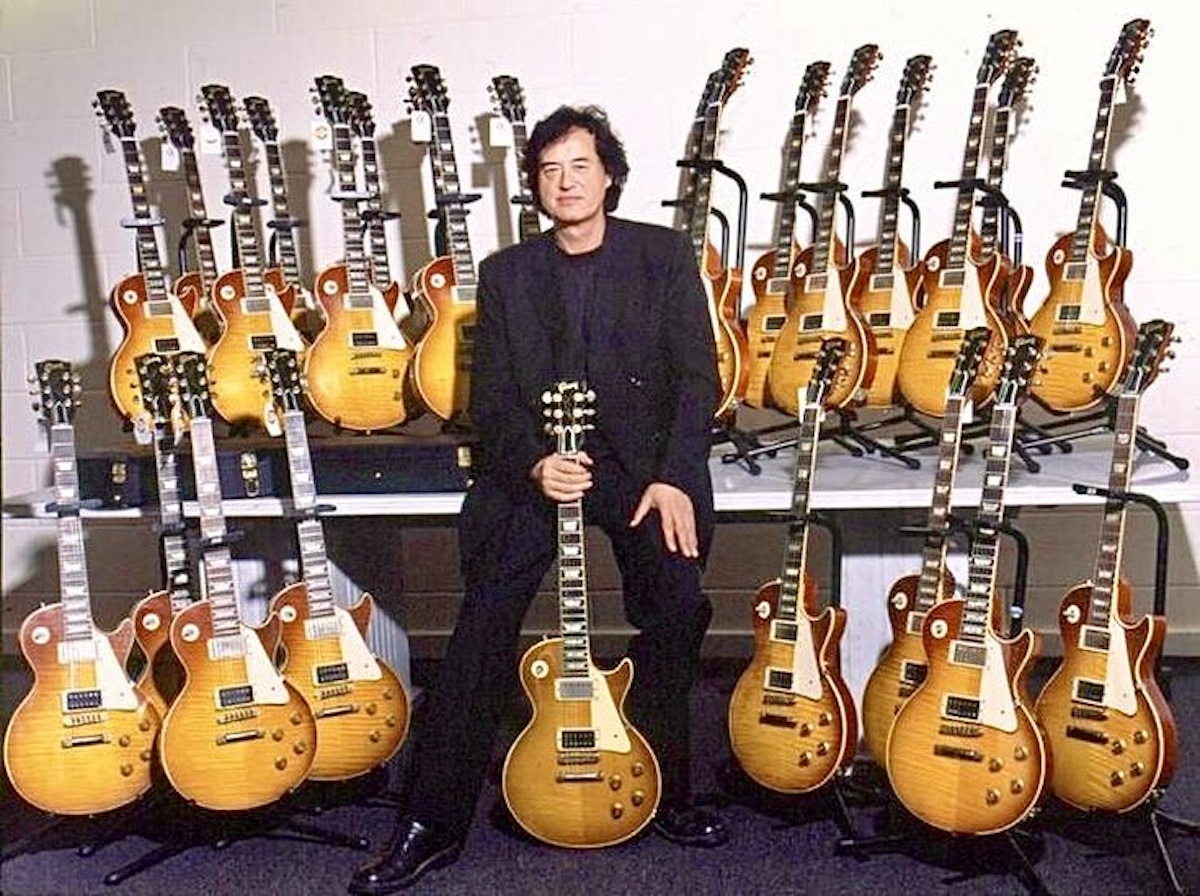
Why did Page want a Les Paul? Eric Clapton. In particular, Jimmy loved the pairing of the Les Paul into a Marshall amplifier. So he sought the same combination. (Thanks again, Andy Summers.) Jimmy also needed a guitar with a double-coil pickup so he could get more stage volume without feedback. Teles are known to squeal. Page found he had to be real careful about where he stood on stage or he would send a shockwave of feedback into the audience. He and Walsh were already friends. Joe used to go see The Yardbirds whenever they were in Cleveland. When Walsh got the Les Paul, he brought it to a gig and told Page he needed one. At that time, Page already had a Les Paul Custom as a backup. But years later, he asked Walsh if he still had it and bought it. In addition to the ability to play louder without feedback, Page also wanted a different guitar than a Telecaster so the second album wouldn’t sound the same as the first. Page says he first recorded Whole Lotta Love and What Is And What Should Never Be with the ’59 Standard, and his mind was made up that this was the guitar for him from then on.
Backing up Summers’ claims about the popularity of Les Paul Standards at the time, Walsh has said the instruments were relatively cheap and plentiful because nobody in England played them yet. He sold his to Page, knowing he could easily get another. But then Clapton changed everything.
Someone else who considers their Les Paul an extension of himself is Neil Young. He has a ’53 Goldtop, acquired during a Crazy Horse show at The Troubadour in L.A. on April 22, 1969. The guitar, which Young and his fans refer to as Old Black, was acquired from musician Jim Messina, Young’s bandmate in Buffalo Springfield. Messina played bass and engineered for Springfield, and produced Young’s debut solo album in 1969 — the first of Neil’s records to feature Old Black. Unlike Clapton and Page, Neil didn’t buy the guitar with cash — he traded for it. Specifically, an orange ’58 Gretsch 6120 Chet Atkins. Young has modified Old Black numerous times over the years.

Other prominent Les Paul players:
• Les Paul & Mary Ford
• Ace Frehley (KISS)
• Peter Green (Fleetwood Mac)
• Pete Townshend (The Who)
• Zakk Wylde (Ozzy Osbourne)
• Billy Gibbons (ZZ Top)
• Duane Allman (Allman Brothers Band)
• Steve Jones (Sex Pistols)
• Mick Taylor (John Mayall, Rolling Stones)
• Mike Bloomfield (Paul Butterfield Blues Band, Electric Flag)
• Mick Jones (The Clash)
• Rick Nielsen (Cheap Trick)
• Joe Perry (Aerosmith)
• Paul Kossoff (Free)
• Robert Fripp (King Crimson)
• Tommy Shaw (Styx)
• Slash (Guns ‘N’ Roses)
• Mick Ronson (David Bowie, Ian Hunter)
• Peter Frampton (Humble Pie, solo)
• Alex Lifeson (Rush)
• Marc Bolan (T.Rex)
• • •
Area Resident is an Ottawa-based journalist, recording artist, music collector and re-seller. Hear (and buy) his music on Bandcamp, email him HERE, follow him on Instagram and check him out on Discogs.
